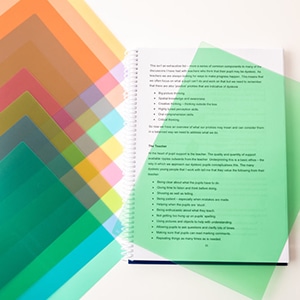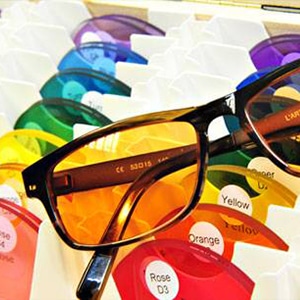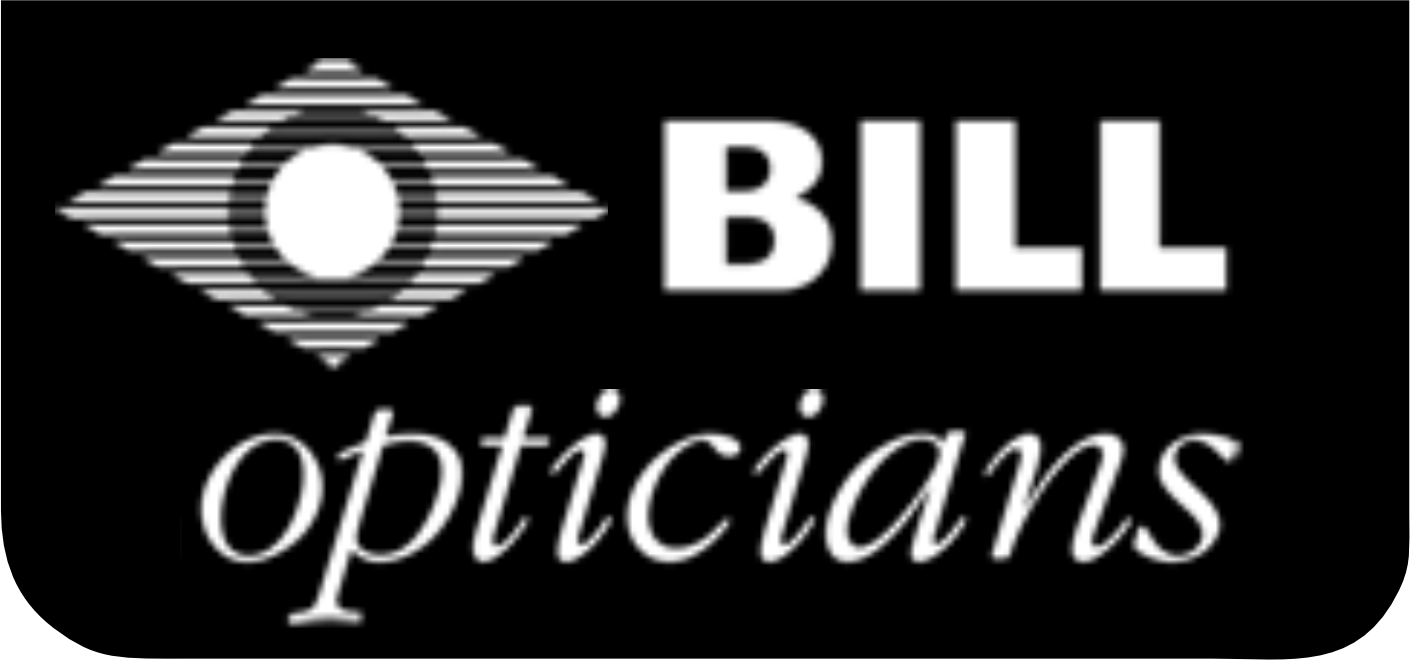Visual Stress
FREE - Contact lens trial
Conditions apply - apply in store for more details.
Visual Stress: Unveiling a Unique Perception Challenge
Delving into the Depths of Visual Stress
Visual stress should not be confused with dyslexia, as they are two distinct conditions. While there may be some shared symptoms, the treatment methods for these disorders differ greatly. It is important to note that visual stress can occur in conjunction with dyslexia, but it is not limited to this specific learning difficulty.
In fact, it has been observed in individuals with various neurological conditions, including MS, ME, epilepsy, and migraine. These intriguing connections have prompted researchers to further investigate this phenomenon and gain a deeper understanding of its underlying mechanisms.
Differentiating Visual Stress from Dyslexia
It is important to understand that visual stress and dyslexia are not inherently linked. These conditions can occur independently or even coexist in individuals. In order to alleviate visual stress, many people find relief through the use of overlays or tinted glasses. On the other hand, dyslexia necessitate a broader range of educational approaches, including multisensory learning techniques. Our intention in presenting this information in a realistic manner is to provide a more comprehensive comprehension of visual stress and underscore its unique nature, separate from dyslexia.

History of visual stress
The scientific exploration of visual stress dates back to 1980, when Olive Meares, a respected figure in the field, documented the symptoms associated with this condition. Subsequently, Helen Irlen developed a diagnostic technique for visual stress and patented a range of coloured overlays and tinted spectacle filters aimed at alleviating the distressing symptoms.
Initially, scepticism surrounded Irlen’s claims due to the lack of peer-reviewed research supporting her treatment. However, subsequent research, including meticulously conducted trials, has provided some evidence, though not yet definitive, for the existence of visual stress and the beneficial impact of coloured overlays and filters.
Over the years, several theories have emerged in an attempt to unravel the underlying causes of visual stress. These theories encompass contrast sensitivity, retinal sensitivity, binocular and accommodative anomalies, a flawed magnocellular pathway, and cortical hyperexcitability. Nevertheless, none of these theories fully explain the specific colours required to alleviate the symptoms experienced by individuals with visual stress.
Olive Meares, a teacher at a reading clinic in New Zealand, played a pivotal role in the history of visual stress. She was the first to publish a report on the use of tinted overlays to assist individuals with reading difficulties. Meares conducted her investigation by engaging with several children, probing them about their experiences while reading printed material.
During these interactions, she made a fascinating observation: many children perceived words as moving or unstable, while the spaces between words transformed into streams of white, making it challenging for them to read black print on white backgrounds. This ground-breaking observation shed light on the difficulties faced by individuals with visual stress and sparked further exploration of potential interventions to mitigate their reading challenges (Meares, 1980).
Read more about the studies here!
So, what are the symptoms of visual stress?
- Blurring of print
- ‘Squashed up’ print
- Movement of print: wiggling or vibration of letters
- Letters muddling or words falling off the page’
- Letters change or double
- Letters are fading or becoming darker
- Patterns appear in the print
- illusions of colour—blobs of colour moving on the page
- Nausea, discomfort, or even pain caused by glare from the page
- Rivers of light snaking through the text (often described as waterfalls)
- Headaches, tiredness, or sore eyes
Signs of visual stress when reading:
- Moving closer to or away from the page or frequently changing positions
- Rubbing eyes
- Excessively blinking or looking away from the page
- Tiring quickly. Concentration may be poor, and the attention span may be short
- Poor assimilation of reading text
- Losing place easily
- Poor spelling
- Misreading words
- The speed of reading is slower than expected for intelligence

How common is the condition?
A vast number of individuals go about their daily lives without realising that their reading speed falls behind that of their peers due to a condition known as visual stress. They struggle to comprehend the reason behind this discrepancy until they come across prescribed overlays, which shed light on the true extent of their symptoms. Extensive research suggests that approximately 20% of the population could immensely benefit from incorporating coloured overlays into their reading routine.
Astonishingly, for 5% of individuals, this simple addition of colour could make an astonishing difference in their educational journey. As time progresses and their eyes grow weary, their symptoms only worsen, posing an increasingly daunting challenge during prolonged reading sessions. As a result, many individuals avoid engaging in lengthy reading sessions altogether or resort to materials such as magazines or comic books with larger print, which provide a more manageable reading experience.
Intriguingly, a considerable number of sufferers remain completely oblivious to the fact that their perception of text differs from the norm. These individuals have become accustomed to the visual distortions that persist in their lives, occasionally varying in intensity from day to day. They may discover certain font styles to be more readable than others, leading them to dismiss their difficulties as mere tiredness or a lack of enthusiasm.
Is the condition hereditary?
Recent research suggests that there may be a significant genetic component contributing to the emergence of visual stress. As a result, it is highly recommended to conduct thorough assessments of other family members when either a parent or a child is diagnosed with this specific condition.
What are coloured overlays?
Coloured overlays are delicate, see-through plastic sheets available in an array of striking hues. Crafted with precision, they are ingeniously meant to be positioned atop written materials like books and documents. These overlays provide an extensive selection of vibrant colours, and for an added chromatic impact, you can even superimpose two of them.

How do you use coloured overlays?
To use coloured overlays, simply place the overlay on the text you are reading. It is important to ensure that the overlay is smooth against the page, without any trapped air bubbles. Avoid folding, crumpling, or writing on the overlay, as this can make it difficult to read.
What are the benefits of coloured overlays?
The advantages of incorporating coloured overlays into your reading routine are quite substantial. By carefully selecting the most suitable coloured overlay that caters to your individual visual requirements, you can effectively mitigate the symptoms associated with visual stress. This, in turn, facilitates a faster reading pace and enables you to prolong your reading sessions. Coloured overlays can be characterised as a comforting aid for the eyes, effectively alleviating the strain endured during the reading process.
What happens in a visual stress test?
The Visual Stress Test or Colorimetry exam is a thorough assessment that explores different facets of a patient’s visual well-being. It begins by conducting a comprehensive analysis of the patient’s medical background, evaluating their visual sharpness, and examining the coordination of their eyes, encompassing depth perception, and tracking capabilities.
The primary aim of this evaluation is to identify any indications of visual strain or discomfort experienced by the patient. If any symptoms are detected, it is vital to ascertain the suitable colour filter that can either alleviate or exacerbate these issues, as individual responses to various colours can vary. Upon identification of signs and symptoms, the patient may be recommended for orthoptic exercises if deemed necessary. Moreover, a set of overlays will be provided to the patient for usage over a few weeks, enabling them to subjectively assess whether the chosen colour significantly influences their reading speed and fluency.
This comprehensive evaluation is typically completed within a duration of approximately thirty minutes. If a specific colour overlay does not yield noticeable changes, a colorimeter will be utilised during a subsequent visit to accurately determine the ideal hue and saturation of the recommended colour. This process typically takes around fifteen minutes. If a particular colour is chosen, lenses will be employed to evaluate reading fluency. Following a meticulous examination of the eyes, eyeglasses may be prescribed if necessary, during this stage.

What are the benefits of coloured glasses?
Did you know that coloured overlays are specifically designed to enhance your reading experience? However, there is another revolutionary alternative that can offer an additional advantage for your visual perception. Have you ever contemplated the idea of utilising eyewear? Eyeglasses not only assist in enhancing your vision while reading, but tinted glasses can also serve as an excellent solution for reducing glare caused by fluorescent lighting and whiteboards.
Just imagine the convenience of being able to comfortably read under any lighting condition! And the benefits do not stop there; tinted glasses can prove to be highly beneficial in various situations, whether you are working on a PC monitor, using a tablet, or simply trying to decipher product labels during your supermarket shopping spree.
Before committing to tinted glasses, it is highly recommended, especially for children, to first try coloured overlays for a few months. This approach allows them to fully experience the genuine advantages and determine if tinted glasses are the ideal fit for their unique needs. It is always wise to explore all available options and discover the optimal solution that suits you. The possibilities are limitless!
Colorimetry Exams at Bill Opticians
At Bill Opticians, we specialise in providing personalised colourimetry assessments that utilise specific colour techniques to support individuals who struggle with reading difficulties, such as dyslexia. Under the guidance of our highly skilled professional, Hannah Stewart, our monthly colorimetry clinic takes place at our conveniently located Newton Abbot practice.
During your colorimetry appointment, we conduct a comprehensive orthoptic check to ensure the optimal balance and efficiency of your eye muscles when tracking words on a page. Following this evaluation, our colorimetry assessment effectively addresses any reading challenges by implementing the use of customised coloured filters.
If these filters prove to be beneficial, we can incorporate the prescribed colour into a pair of stylish spectacles. However, in cases where the impact of the filters on resolving reading issues remains uncertain, we employ the use of temporary-coloured overlays to further assess the situation. It is unfortunate that colorimetry assessments do not receive funding from the NHS, requiring private payment to access these invaluable services.
Rest assured, at Bill Opticians, we are committed to providing the utmost care and expertise to help individuals overcome their reading difficulties and improve their overall quality of life.
Colorimetry Assessment Cost:
| Full Initial Assessment – 45mins | £100 |
| Follow Up appointments – 45mins | £100 |
| Coloured Overlays (this would then be refunded when the overlays are returned) |
£2 per sheet |
| Spectacles complete with Colorimetry tint | £100 |
| Written Report | £30 |
Contact us for more information or simply book a colorimetry test online.
